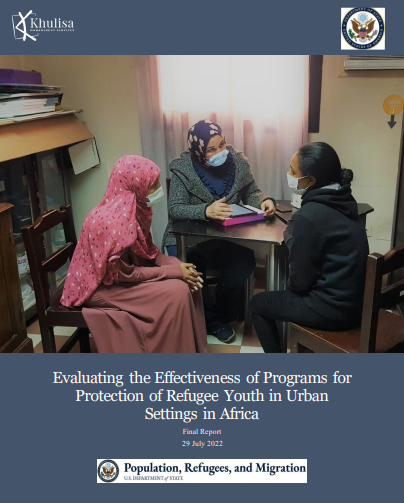In the first three weeks of April 2021, we wrote a three-part series on Feminist Evaluation, what it is, and how best to use it. Feminist Evaluation contains three core beliefs:
- There should be equity among humans.
- Gender-based inequalities are systematic and structural.
- Inequality leads to social injustice.
Today, we are revisiting this series and hope it brings fresh understanding.
Tip 1: What is Feminist Evaluation? Feminist Evaluation focuses all vulnerable and oppressed people and animals, as well as the well-being of our planet. Feminist Evaluation differs from other evaluation methodologies in its explicit engagement with knowledge and ethics, and its open advocacy for creating, implementing, and evaluating change.
#EvalTuesdayTip: Feminist Evaluation #1: What is Feminist Evaluation? – Khulisa
Tip 2: Feminist Evaluation and Gender Approaches – What’s the difference? “Feminist evaluation endeavors to do what gender frameworks do not: it attempts to understand why interventions have different impacts on men and women and, at the same time, often seeks to change social inequity in an overtly political manner. It asks evaluators to reflect and be explicit regarding what they bring to the evaluation and recognize those potential impacts” (Donna Podems, 2021).
Tip 3: Guidelines for Implementing Feminist Evaluation – How can you best use FE? At its core, FE theory critiques gender relations. Its methodology is based on the belief that gender inequality is both structurally and systematically enforced. An evaluation framework that makes use of FE should recognize and give voice to different social, political, and cultural contexts that privilege some ways of knowing over others.


